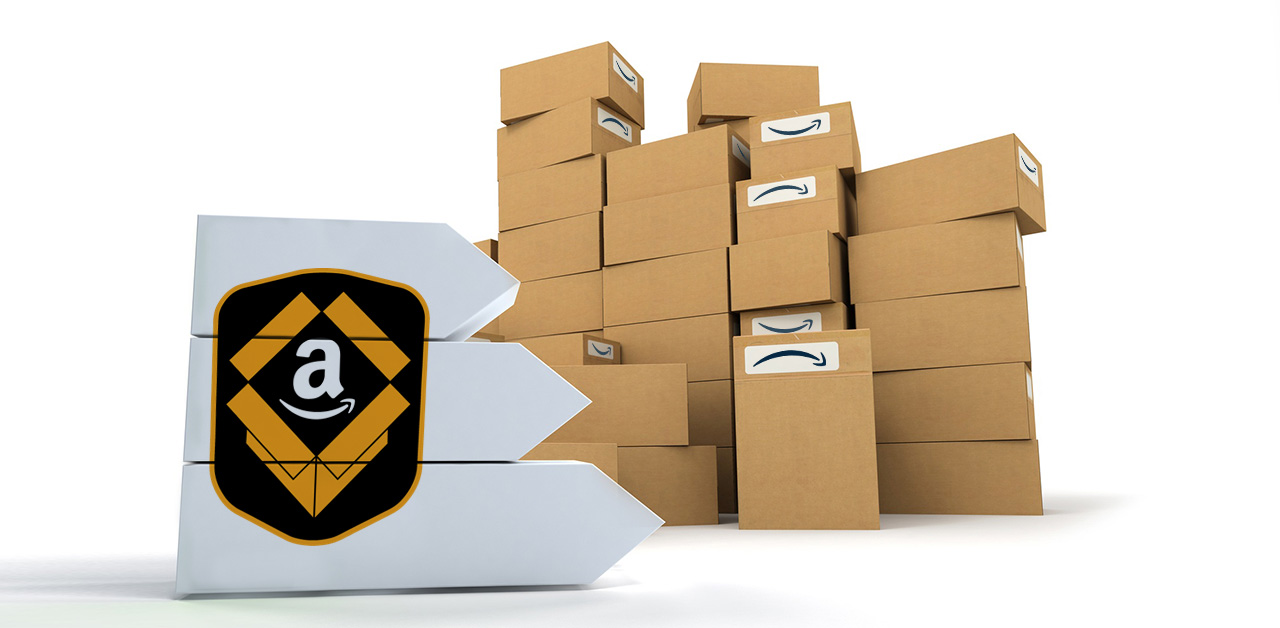Amazon Wants Sellers to Optimize Warehouse Space
Amazon will impose stricter storage limits on sellers who use Fulfillment by Amazon in January.
The reason for the policy change is the company’s push for faster delivery – specifically, transitioning Prime Free Shipping from two days to one, reports ecommercebytes.
“While investing in our network, we need to manage our storage space so that we can continue delighting customers with products they love at faster delivery speeds,” Amazon said.
The FBA policy “stick” comes with a “carrot” in the form of a promotion to help certain sellers who wish to remove inventory; it runs only through the end of October.
The crux of the announcement: “Effective January 1, 2020, we are changing the IPI threshold for storage limits to 400 (previously 350).”
IPI stands for Inventory Performance Index, “a single metric to gauge your overall performance over time.”
Amazon explained that sellers with IPI scores below 400 the week of December 23, 2019 would have storage limits imposed for the first quarter of 2020; sellers who maintain an IPI score of 400 or greater would have unlimited storage for standard size and oversize items (monthly storage fees and long-term storage fees still apply).
More Amazon news

Facebook restricts targeted advertising to teenagers
Facebook will stop advertisers from targeting minors Facebook plans to prohibit companies from targeting ads to minors based on their web and app activity, as well as their expressed interests. Instead, the company will restrict targeting categories for users under 18...

Google introduces Cloud Retail Search
Google introduces a new search tool for retailers With Retail Search, retailers can bring "Google-quality" search capabilities to their own digital platforms. This week Google announced Google Cloud Retail Search, a new tool to help retailers improve the product...

Live shopping is the new trend in online retail
European customers are open to live shopping Live shopping is one of the big e-commerce trends in 2021, writes e-commerce-magazin.de. This format has already become the standard for online shopping in China. Chinese influencers take customers on a shopping tour via...


